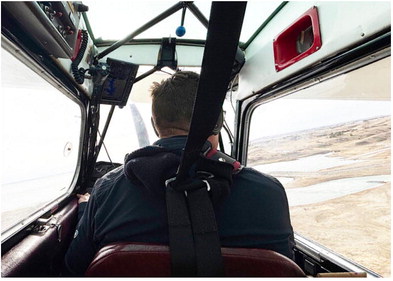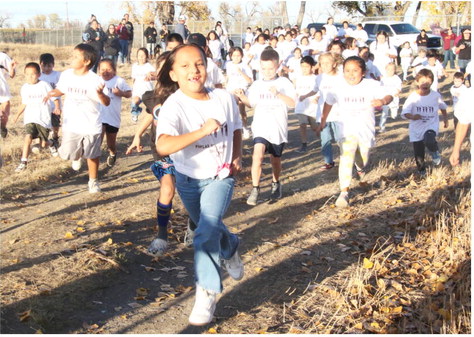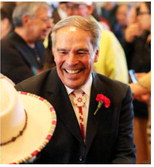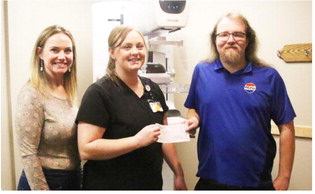Kolstad Flies To Provide Care In Northeastern Montana


Dr. Jon Kolstad prepares for his weekly commute to Scobey, Montana. His ride is a two-seater bush plane with red-tipped wings.
The plane takes off toward a lilac sunrise. Kolstad drifts over waves of prairie. Below, low hills are speckled with grazing deer and cattle. A large green tractor stands out on the vast landscape. It’s the bird’s eye view of northeastern Montana.
It’s an unusual mode of travel for an optometrist. But in rural Montana, it works. Kolstad operates three offices in three different counties in this corner of the state.
“I’ve made the schedule work,” Kolstad said. “And, having access to a plane does shorten the state.”
Kolstad is one of few private eye doctors in the region. He serves five counties and drives up to 400 miles a week. Local hospitals and patients have his personal cell number. He’ll make house calls to patients who are unable to travel to him.
“I think it’s kind of normal, but I know it’s not normal everywhere else,” he said.
Kolstad’s efforts reflect the lengths rural residents go through to provide or receive basic care. Patients face months of backlog for appointments at some clinics alongside burdensome travel times. This gap between rural need and access to care is expected to grow as Montana’s population ages and develops issues with vision.
On Tuesdays, Kolstad goes to Wolf Point, a hub on the Fort Peck Reservation. The office is filled with green floral wallpaper and wood moldings. Locals say there is one alternative for eye care - an optometrist with Indian Health Services.
But patient Shanae Burshia said that hardly feels like an option: “It’s always hard to get in with them,” she said. “Just giving them a call earlier, they said it’ll take months.”
Burshia has been coming to Kolstad for about three years. Without him, she says finding care would be almost impossible.
Optometry is a growing profession, according to federal labor projections. The number of eye doctors in the U.S. could grow by 9% in the coming decade. But most of that growth is in larger cities, not rural communities.
Dr. Ron Benner is a former president of the American Optometric Association and works in Laurel, Montana.
“Looking at the numbers and looking at where medical eye care is, medicine in general is, we don’t have enough providers to take care of the population, let alone in increasing demand,” he said.
An aging population is susceptible to developing vision- impairing diseases. This means more demand for appointments to treat things like cataracts or macular degeneration.
And specialized care for eye surgery is even more difficult to access. Most eye surgeons are in cities, not rural counties. One report found by 2035 there will only be enough providers to meet 30 percent of the need for specialized eye care in rural communities.
“I’m a 100 miles from Cody, Wyo. Because of the time delays on some of these procedures, I send my patients 100 miles south into Wyoming to have my optometric colleagues take care of them because I can get them in within two weeks instead of two months or three months or four months,” he said.
Montana lawmakers recently passed a bill that expands the scope of what optometrists can do. It’s an effort to fill some of those gaps in care by allowing them to perform specific laser surgeries. Some opposed the bill concerned it would lead to optometrists performing medical procedures they’re not prepared for.
Kolstad drove hours across the state in order to testify in support of that bill in the Capitol.
For Kolstad, patients are more than just patients.
“A lot of the patients here, yeah you see them on a regular basis,” he said. “Whether they’re in their exam or you’re talking to them at a ballgame so a lot of them become close friends.”
Kolstad says the future of eye care in rural Montana lies in the hands of young people returning to the communities they’re from. Kolstad’s son is in optometry school. He hopes to see the two of them practicing optometry in Montana .
“I hope we get to put up a few more offices and take care of these rural towns,” he said.
(Editor’s Note: Montana Public Radio is a public service of the University of Montana. State government coverage is funded in part through a grant from the Corporation for Public Broadcasting. This is reprinted by permission.)



